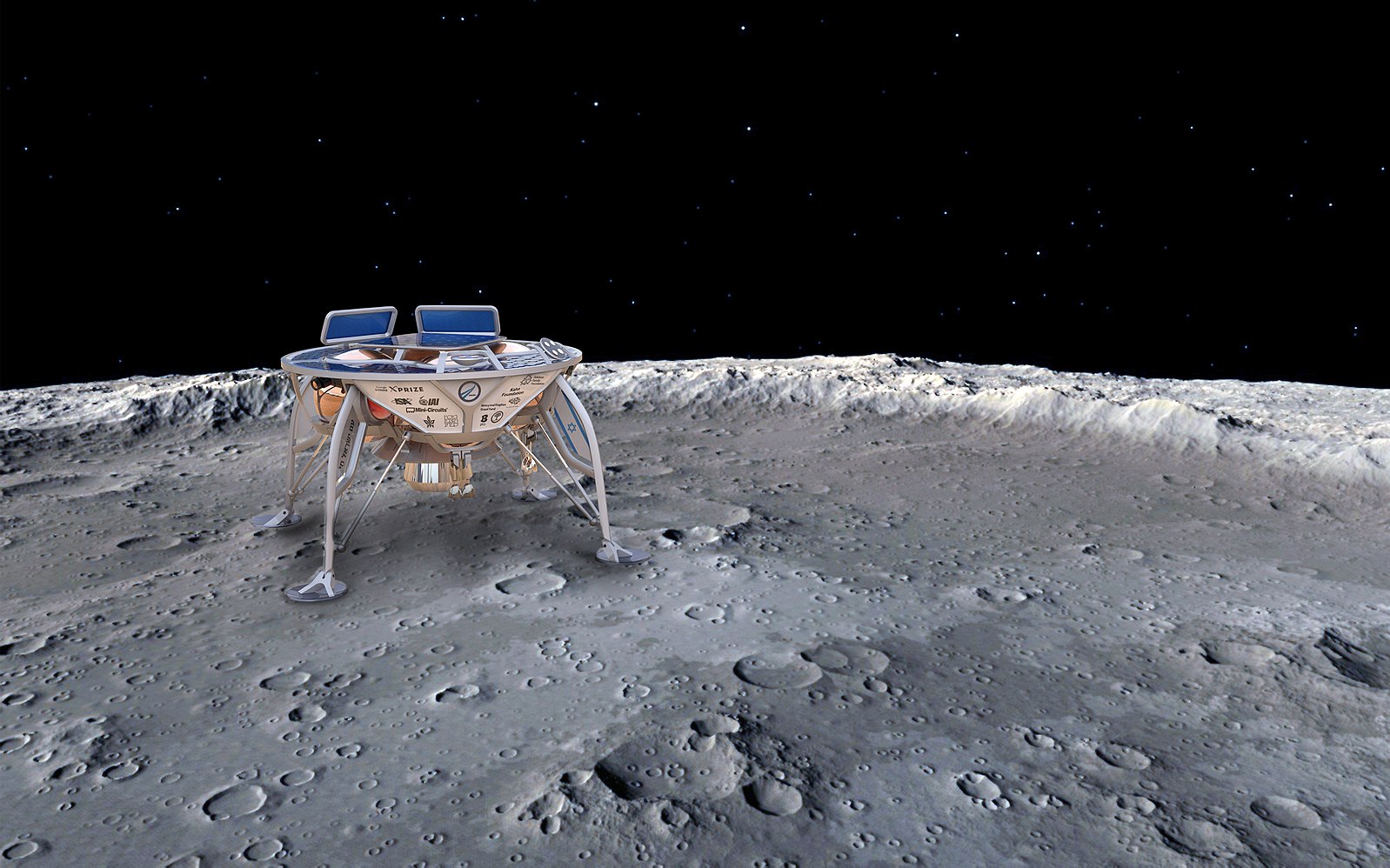Israeli Beresheet.jpg

The race to explore the Moon is heating up. Major players such as the U.S. and China are talking about returning to the Moon to stay. A lunar lander was just sent by China to explore the far side of the Moon. In addition to national space agencies, private companies are getting into the game. Now an Israeli nonprofit company named SpaceIL is leading an effort to send a lander to the Moon.
SpaceIL was started in 2011 with the intention of competing for the thirty million dollar Google Lunar XPrize (GLXP). The GLXP was a contest for privately funded companies. The goal of the contest was to build a spacecraft and send it to the Moon to drop a robot lander to the lunar surface. The rover had to travel at least five hundred meters and send back high-definitions images to Earth in order to win the prize. The GLXP ended in 2018 without a winner.
Despite failing to compete successfully for the GLXP, SpaceIL continued work and its completed lunar lander is now ready to launch from Cape Canaveral, Florida. The plan now is to send the lander to the lunar surface. If lander makes a successful landing, it will then use its rocket engine to take off and land at a second location.
The SpaceIL lander is called the Beresheet. This is a Hebrew word that means “in the Beginning.” The Beresheet is about six feet in diameter and four feet high. It weighs about three hundred and fifty pounds. It also carries almost a thousand pounds of fuel which will be needed to fly from Earth orbit, land on the moon, take off and land at a second location. It carries instrumentation to measure the magnetic field of the Moon. It has a laser-reflector that was supplied by NASA. The Beresheet also carries a time capsule of cultural and historical artifacts from Israel.
The Beresheet lander will be carried into orbit as a secondary payload on a Falcon 9 rocket whose primary payload is a geosynchronous communication satellite. Both payloads will travel about twenty-two thousand miles from the Earth. The communication satellite will go into geosynchronous orbit and the lander will use its own rocket engine to travel the rest of the way to the Moon and land. It will take several weeks to make the journey to the Moon.
The Beresheet lander is not designed for a long mission. Once it gets to the Moon, it may only require a few days accomplish its goals. It is primarily intended to demonstrate some new technology and to highlight a potential business model for sending a spacecraft to another astronomical body.
The Beresheet lander’s legacy will be the technical knowledge acquired by its engineering team, the scientific data returned by its instruments, the business model for operating outside of a national government’s space program and the inspiration for a generation of young people in the Middle East and around the World.